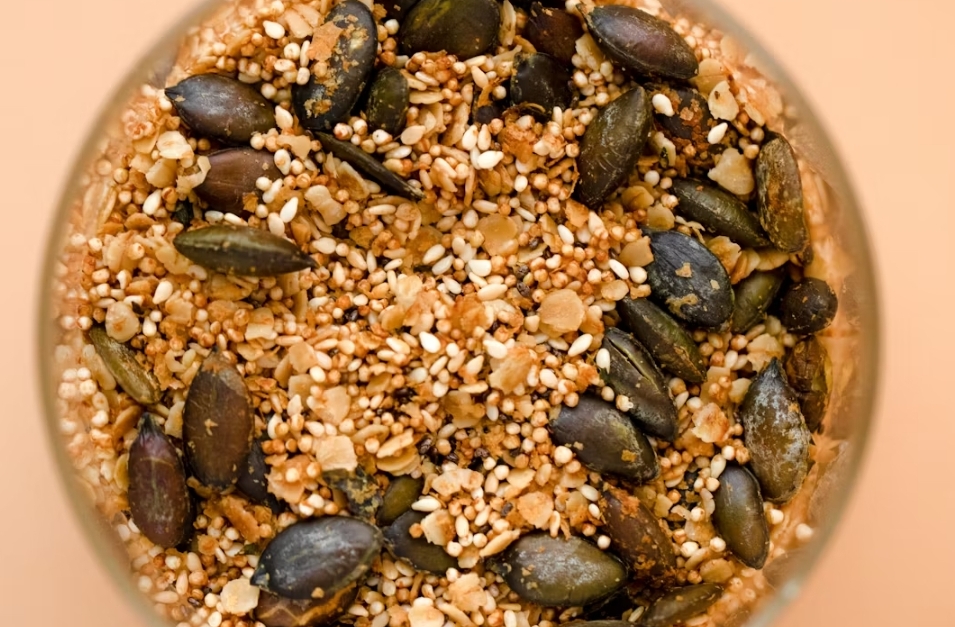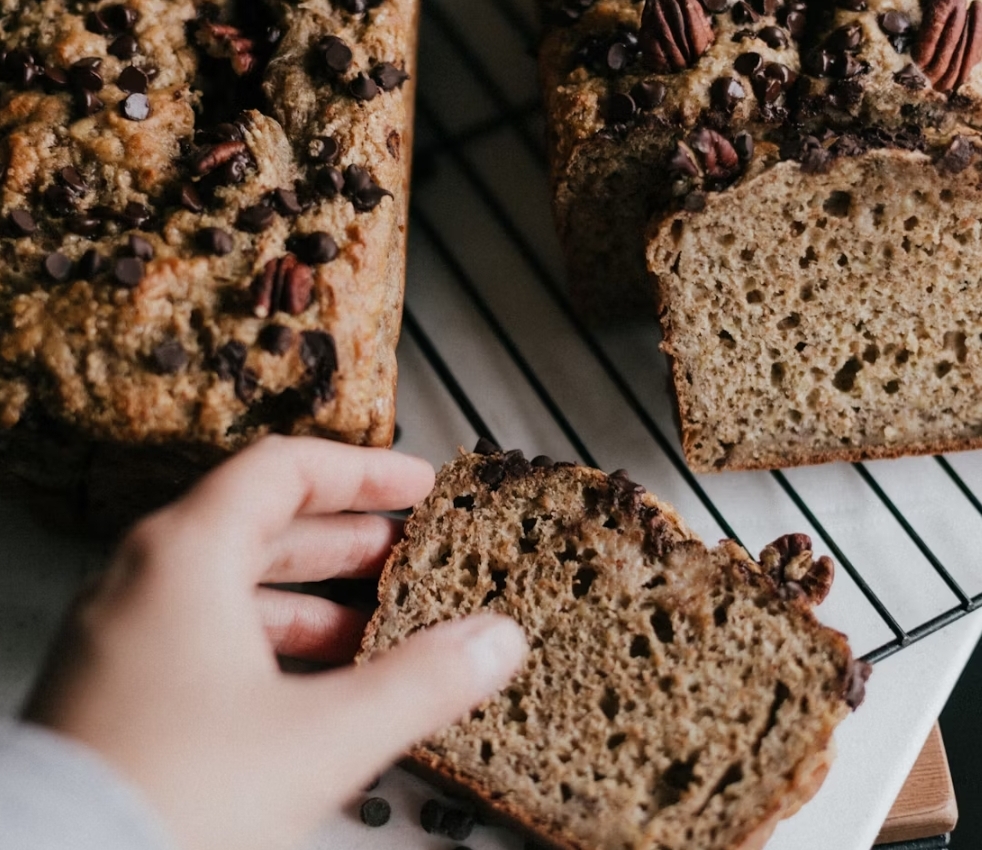Table of Contents
The term “whole grains” encompasses all grains and seeds that retain all their edible parts, such as the outer fibrous bran layer, the starchy endosperm that constitutes the bulk of the grain, and the inner germ or seed rich in vitamins, proteins, and healthy fats.
On the other hand, refined grains like white rice and all-purpose flour have undergone milling to remove the bran and germ, stripping these grains of fiber, protein, and vitamins while retaining only the starchy endosperm.
Nikita Kapoor, a registered dietitian in New York City, stated, “Many people are unaware of the numerous grams of protein, vitamins, and antioxidants found in whole grains,” noting that each serving of whole grains provides “a wealth of minerals, B vitamins, and fiber, which are essential for gut health.”

“Ancient grains” fall under the category of whole grains, although the term is more of a marketing label than an indication of a more nutritious option. Ancient grains refer to whole grains like millet, amaranth, spelt, and quinoa, which have been staple foods for various cultures for hundreds of years. These grains have not been hybridized or had other varieties extracted from them, unlike most modern types of wheat, rice, and corn.
While quinoa has earned the designation of a superfood whole grain, there is a strong reason to explore other types to obtain a broader range of minerals and diversify your diet.
In this regard, Kapoor emphasized, “It’s safe to say that we need to follow a more varied plant-based diet” to ensure we receive the full spectrum of recommended nutrients in our meals, which cannot be found in just 10 or 20 types of the same food.
Familiar foods such as oats, corn, brown rice, and other varieties of rice, as well as wild rice (which is a water grass), are considered whole grains, but there are many other foods you may want to add to your regular diet.
What Are Whole Grains?

- Amaranth seeds are gluten-free and are cooked over low heat until tender, resembling a polenta dish. However, they add a delightful crunch to energy bars or homemade yogurt when toasted in a skillet over medium heat, stirring continuously until they pop like tiny popcorn kernels.
- Buckwheat is also gluten-free. These polygonal seeds (also known as groats) may be familiar to you, as buckwheat flour is used in pancakes and soba noodles, or in kasha, a popular dish in Eastern Europe, which is simply roasted buckwheat.
- Farro is the Italian term encompassing three forms of ancient wheat: farro piccolo, or einkorn; farro medio, or emmer; and farro grande. The farro you typically find in stores is the smaller variety known as emmer, which pairs perfectly with cranberries for a foundational whole grain salad or can be used to make a farro risotto with Parmigiano cheese inspired by Italian cuisine.
- Freekeh is a type of wheat that is harvested while still green and then roasted. Its unique flavor stands out and often steals the spotlight from other dishes on the table. It shines when prepared in a vegetarian burrito salad with a spicy dressing or served hot in a chicken soup.
- Kamut is actually a brand name for an ancient type of wheat known as Khorasan or durum. It is characterized by its large grains, mild flavor, and soft texture. It serves as a great alternative to brown rice and can be used as a side dish. Additionally, it can be added to a protein-rich grain salad with arugula, blood oranges, and walnuts.
- Millet is a gluten-free seed that resembles a grain of couscous. Teff is a type of millet that is used as flour in making Ethiopian injera bread. Raw millet can be mixed into a crunchy cornmeal bread dough, or cooked teff or millet can be used to prepare a breakfast porridge.
Cooking Whole Grains

While the cooking time for each type of whole grain varies, there is one method to cook them: place them in a large pot of water with coarse kosher salt and boil them like pasta until tender.
Small grains like millet and quinoa may take between 5 to 15 minutes, while larger grains like wild rice and farro can take between 30 minutes to an hour, so it’s best to check the pot frequently.
After that, drain well and use immediately, or cool and store in the refrigerator for future meals for up to six months.
